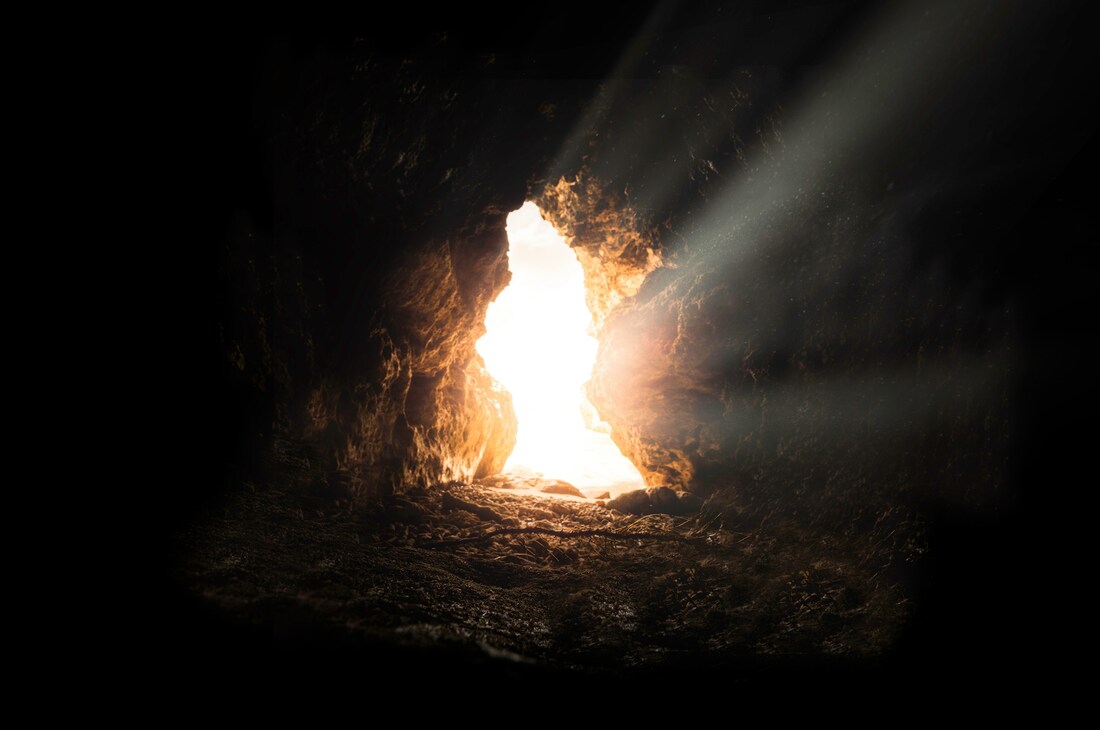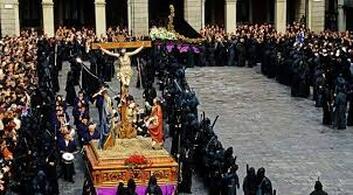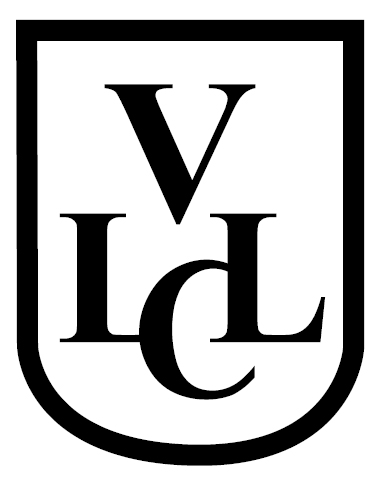Germany
Elaborate decorations of daffodils, bunnies, eggs and branches fill homes in Germany around Easter time. Eggs are painted and sometimes exchanged. In many places across Germany, bonfires are held to mark Easter as well as welcome the Spring.
Spain
In Spain, Easter is marked with somber vigils held in the streets with symbols of crosses, candles and statues of Jesus and Mary. Participants are clothed in robes, veils and hoods and a sacred song is sung. These processions are not limited to Easter weekend but take place across the entire Holy Week leading up to Easter.
Unlike the sombre vigils of Spain, Bermuda’s celebrations reflect its relaxed culture. Like many other cultures, people eat hot cross buns across the weekend and on Easter Friday many go out and fly kites.
The Philippines
In The Philippines, Christians mark Easter by participating in processions. Men participate in one procession and walk behind an image of Jesus, while women partake in another following an image of Mary in a black veil. The processions meet at the church and girls dressed as angels remove Mary’s veil, and the joyful celebrations follow.
Churches in Ethiopia celebrate Faskia, the 55 days leading up to Easter in which participants abstain from meat and animal products, similar to lent in some other cultures. Sombre vigils are held on the night before Easter, but on Sunday Christians celebrate with food, music and dancing.
France
In typical French style, one French tradition in the town of Bessières celebrates Easter with cooking. Volunteers come together to cook a giant omelette, made up of thousands of eggs. Easter is one of the most widely celebrated traditions in the world, and people across the globe celebrate in diverse ways, reflective of their unique cultures.
References
Stasak, J 2022, ‘How Easter is Celebrated in Countries Around the World’, Wycliffe, 25 February.




 RSS Feed
RSS Feed

